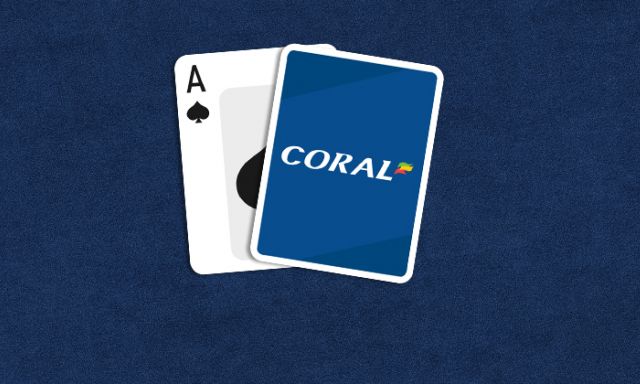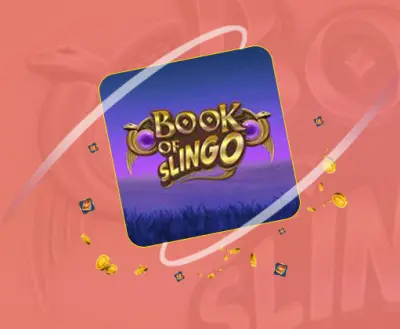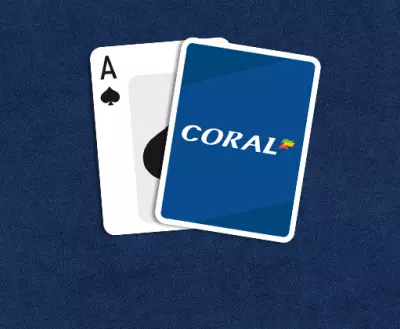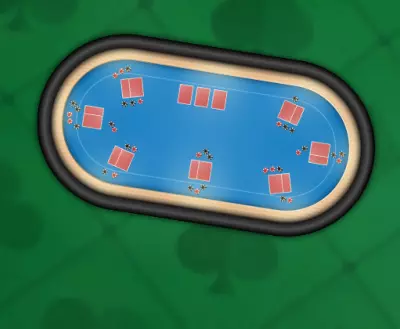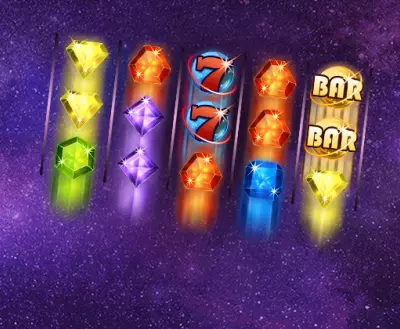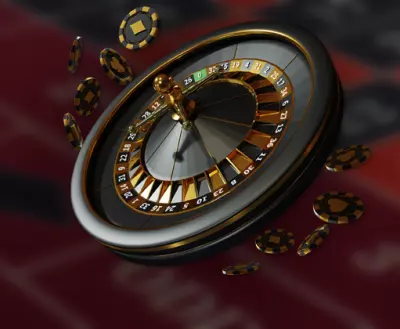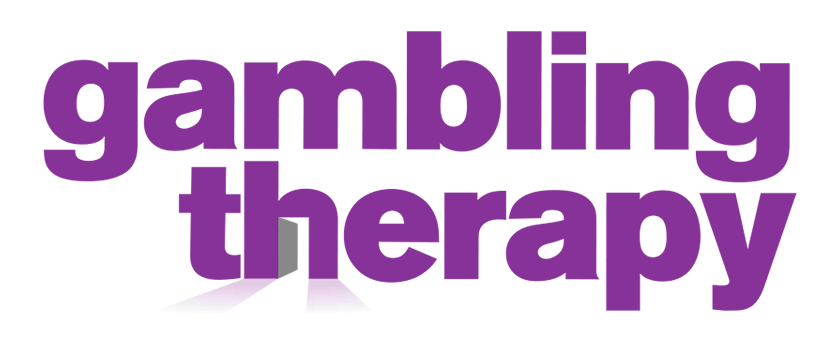Introduction to Blackjack
Blackjack, also known as “twenty-one”, is a card game involving the player and the dealer facing off. It can be played with one deck, but most variants use six.
In terms of format, traditional casinos tend to have seven-seater tables. However, live blackjack at Coral casino lets an infinite number of players join in.
The goal is to reach 21 or be closer to it than the dealer. Exceeding the number, though, is an automatic loss. Nevertheless, it’s possible to prevail, thanks to many different tricks. But before we cover them, let’s start with the basics.
Basic Rules
In blackjack, the most important thing to understand is the cards’ value. Any card with a number 2-10 represents the face value of that card. Jacks, Queens and Kings are all worth ten points, whereas the player can decide whether the Ace will be one or 11.
As mentioned previously, the main goal is to score exactly 21 or be closer to the number than the dealer. Exceeding the number leads to an automatic loss, no matter the dealer’s score.
How Does a Blackjack Hand Work?
To fully understand how to play blackjack at Coral, it’s best if we take a look at how a blackjack round unfolds:
- The player sits at the table and places a wager before any cards are dealt. It stays final until the end of the hand.
- After all bets are placed, the dealer will begin dealing, one card at a time, until everyone at the table has two. In live casino blackjack, no one knows each other’s cards. One of the dealer’s cards is always face down.
- Upon receiving their cards, the players decide how to play their hand. At this point, there are several moves one make:
- Stand - If the cards are acceptable, players can request the dealer to move and not give them a third card.
- Hit - When the total sum of points isn’t close to 21, players usually request another card to come closer.
- Double Down - If the hand is up to par, the player can request another card and double their original wager.
- Split - When dealt a pair (two equal cards), it’s possible to split it into two separate hands. The dealer treats this likewise, as they ask the player whether they want to stand, hit, or double down for each one.
- Surrender - If the hand is lacklustre, there’s no point wasting time or money. Instead, the player can opt to surrender and receive half of their original bet back.
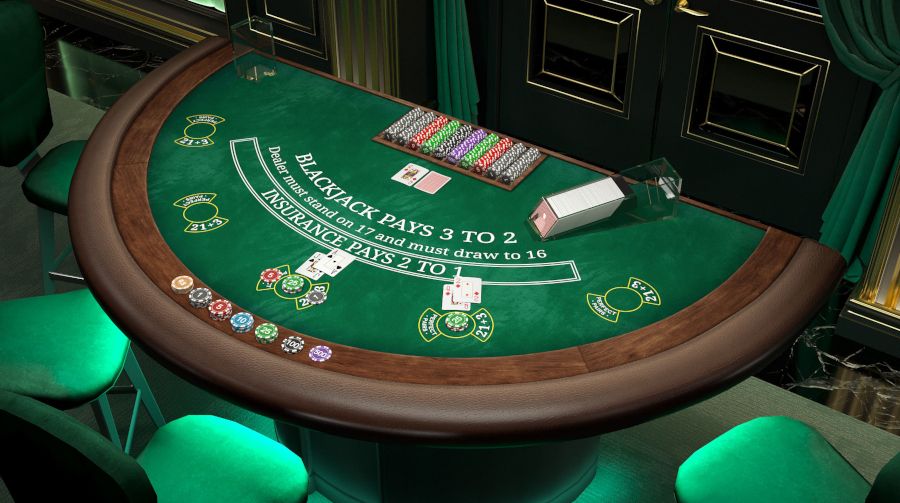
What Is the Outcome of a Blackjack Hand?
There are several ways to win and lose in blackjack. The easiest and most obvious way to do this is to get 21 or blackjack. If either the dealer or the player has 21, they automatically win, no matter what the other side has.
However, the dealer always has a slight advantage, as one of their cards is always face-down. To offset this, they have to stand if their sum is 17, but only if it’s a hard 17. For soft 17s (Ace + six), the dealer is free to play as they always do. They’re also unable to double, split or alter their moves. With that in mind, a hand can end in one of the following ways:
- The player wins by getting a blackjack.
- The dealer wins by getting a blackjack.
- The player wins by having a higher hand than the dealer.
- The dealer wins by having a higher hand than the player.
- The player busts (exceeds 21) and automatically loses.
- The dealer busts. In this case, the game plays even money (1x the original bet) to each remaining hand at the table.
Betting Options
In the base version of blackjack, players can place bets before the hand begins. Some live blackjack providers allow for splits after doubling when a split occurs. In land-based casinos, this is often not permitted.
And this simplicity is perhaps one of the most significant advantages of original blackjack. There aren’t many confusing side bets or things to think about, plus the game is fast-paced. The goal is always the same, as the player and the dealer have three avenues to victory.
Common Side Bets and Features
Unsurprisingly, the game of blackjack has seen many changes in recent years. While the original version is almost devoid of side bets, there are several prominent options players encounter often:
- Insurance/Even Money
The player can stake half of their original wager when a dealer has Ace revealed. If the hole card is a ten, the payout is 2-1. Even Money is a slight variation and occurs when the dealer has Ace and the player has a Blackjack.
- Perfect Pair
This side bet doesn’t involve the dealer. Instead, players can bet on whether they will get two of a kind, with three possible outcomes:
- Mixed pair (pays 5:1): Cards have the same value but different suits and colours.
- Coloured pair (12:1): Cards have the same value and colour.
- Perfect pair (25:1): The cards are completely identical.
- 21+3
Unlike the previous side bet, this one involves two of the player's cards and the dealer’s single upturned card. The goal is to form one of the following poker hands:
- Flush (5:1): All suited cards.
- Straight (10:1): Cards are in consecutive order.
- Three of a kind (30:1): Cards have different suits.
- Straight flush (40:1): Consecutive cards with the same suit.
- Suited triple (100:1): Three identical cards.
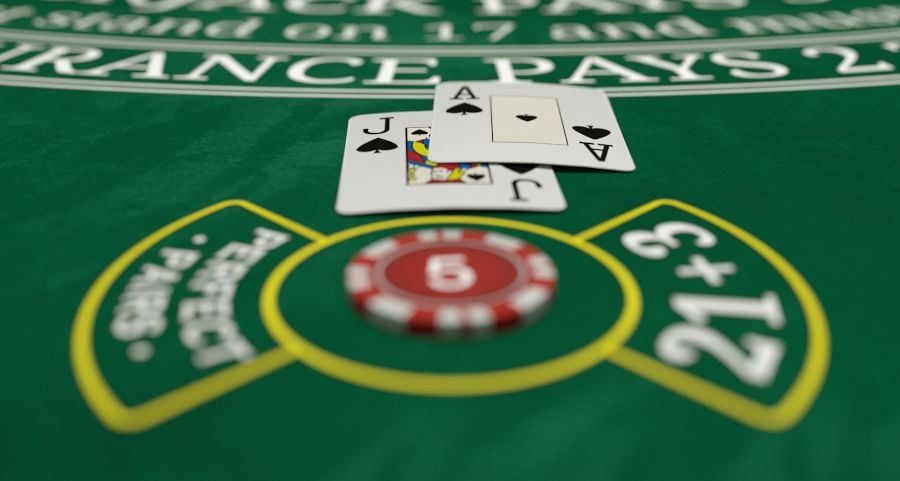
Blackjack Strategy and Tips
Perhaps the most exciting thing about this historic game is its versatility. As such, players can adopt a series of different strategies. But, of course, the approach depends on the variant you’ve chosen to play.
In terms of classic blackjack and “tame” versions of the game, these strategies have proven to be the most popular:
- Double down on hard 11s
If the rules say a dealer must stand on soft 17s and there are multiple decks, this gives the player a slight edge against the dealer’s upcard.
- Tens shouldn’t be split
While even a single ten is a great starting point, two are even better. The player may think they’re doubling their chances with two hands, but a single 20 is statistically a better choice.
- Double down on tens when the dealer has nine or less as an upcard
The dealer is always at a disadvantage when the player has a two-card ten. Doubling down is a great way to gain an advantage early on during the hand.
Glossary
- Blackjack - the best possible hand, with a sum of 21;
- Bust - losing, running out of funds;
- Hit - the act of the dealer giving the player another card;
- Split - creating two separate hands when there are two cards of identical value in the player’s current hand;
- Upcard - the dealer’s visible card;
- Soft 17 - a 17 formed by an Ace and another card;
- Hard 17 - a 17 formed by any cards that aren’t an Ace;
- Burn card - the top card that usually gets discarded for the hand so as to ensure no players know what it is.
Why Play Blackjack?
Blackjack is a game of many wonders, but we’d highlight its simple rules as its crown jewel. The framework doesn’t limit the player and provides room for many different strategies. Whether it’s playing it safe or doubling down on anything, there are also many ways to win and outsmart the house.
And this is even without mentioning the many exciting and unique blackjack variants. If you want to give 21 a shot and discover why it’s so popular, join Coral online casino and start playing!

